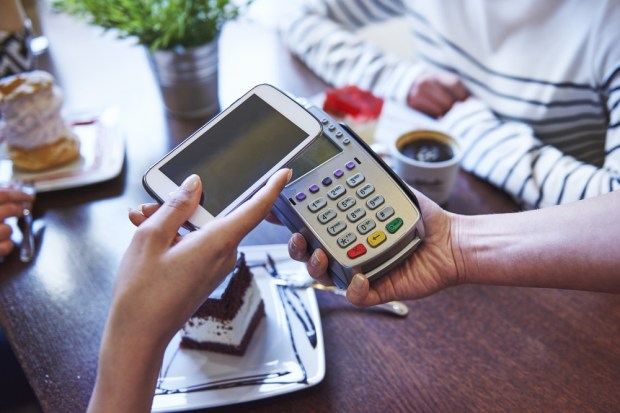Android Pay Now In Singapore

Although it’s been well known that Singapore was going to be Android Pay’s next move, Google officially announced the news on its blog today (June 28).
“Starting today, with Android Pay, that’s all Singaporeans will need to pay for their morning kopi, taxi, tapao lunches or even their groceries at the end of the day,” Google wrote in the blog post, noting that Android Pay works with MasterCard and Visa cards from DBS, OCBC Bank, POSB, Standard Chartered Bank and UOB.
Android Pay works on all Android devices that are NFC-enabled and run KitKat 4.4 or higher.
Google’s move to bring Android Pay follows Apple and Samsung Pay’s moves into the heavy mobile population. It can be used in Singapore at thousands of retail locations island-wide that accept NFC contactless payments, including 7-11, BreadTalk, Cold Storage, McDonald’s, NTUC FairPrice, StarHub, Toast Box, Uniqlo and Watsons. More locations can be found here.
But why specifically has Singapore become all the rage for three major mobile payments players? The attitude toward NFC and contactless payments, and Singapore’s well-developed contactless ecosystem. Contactless transactions in Singapore can be made for up to $72. One bank, UOB, has lifted that cap for any retailer that uses that bank’s payment processing.
According to Visa, a third of all credit card/debit card transactions in Singapore retail stores are made with contactless cards. While the goal of Apple, Samsung or Google is all about getting consumers to pay via a phone (or watch), the fact that consumers are getting familiar with the tap and pay at the POS habit — and that it’s increasingly available at the places they like to shop — is what these players hope is an important first step toward mobile payments the NFC way.
Another important fact, as alluded to above, to this story is that Singapore is a fairly wealthy country (with its GDP per capita putting it at the top 10th percentile in the world). So they not only have contactless cards — and places to use them — but they also have money to spend.
